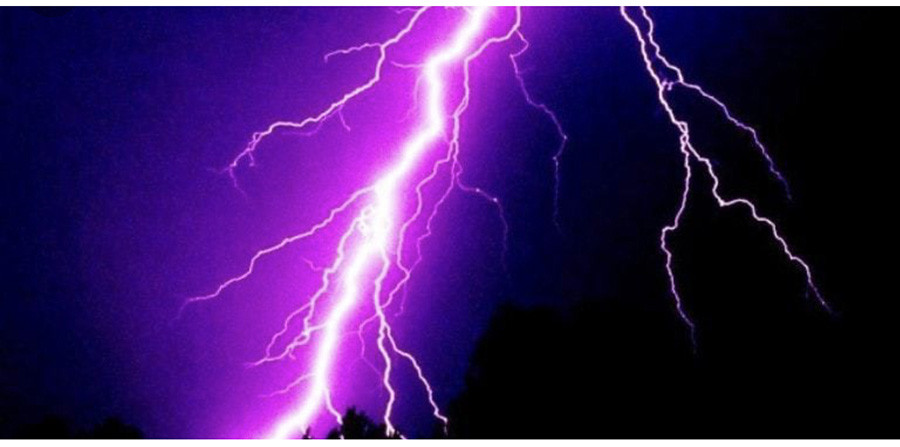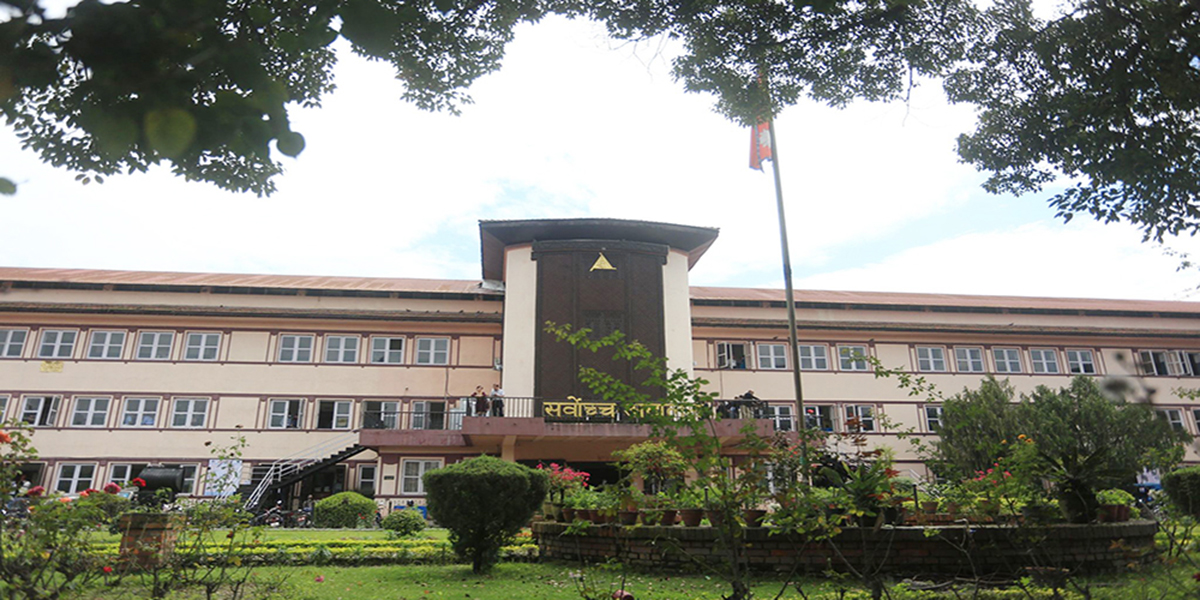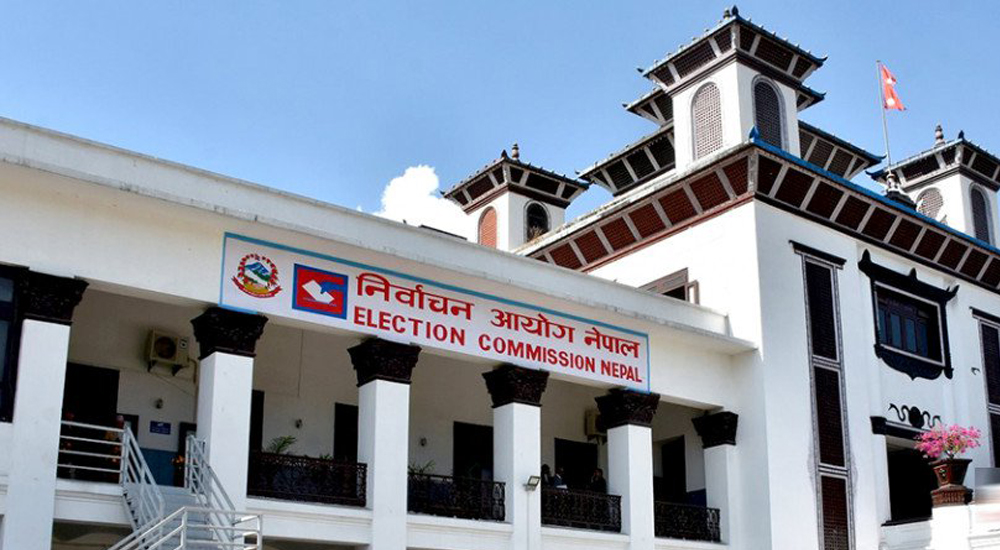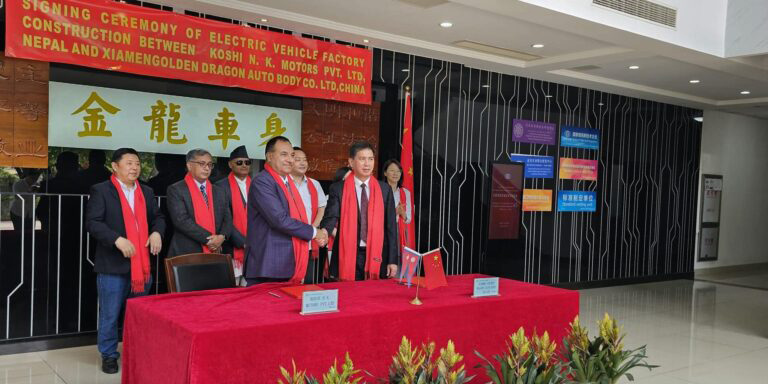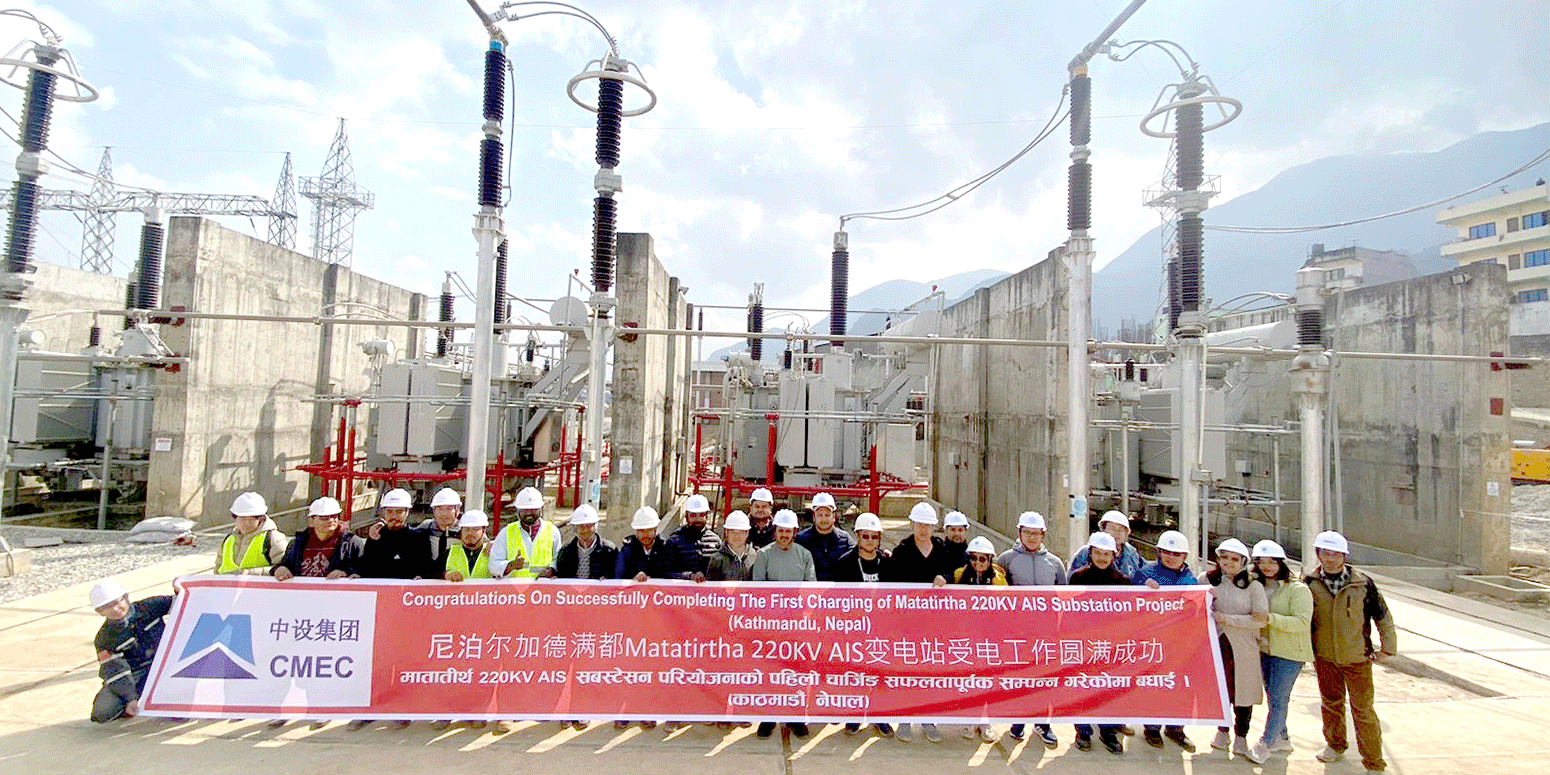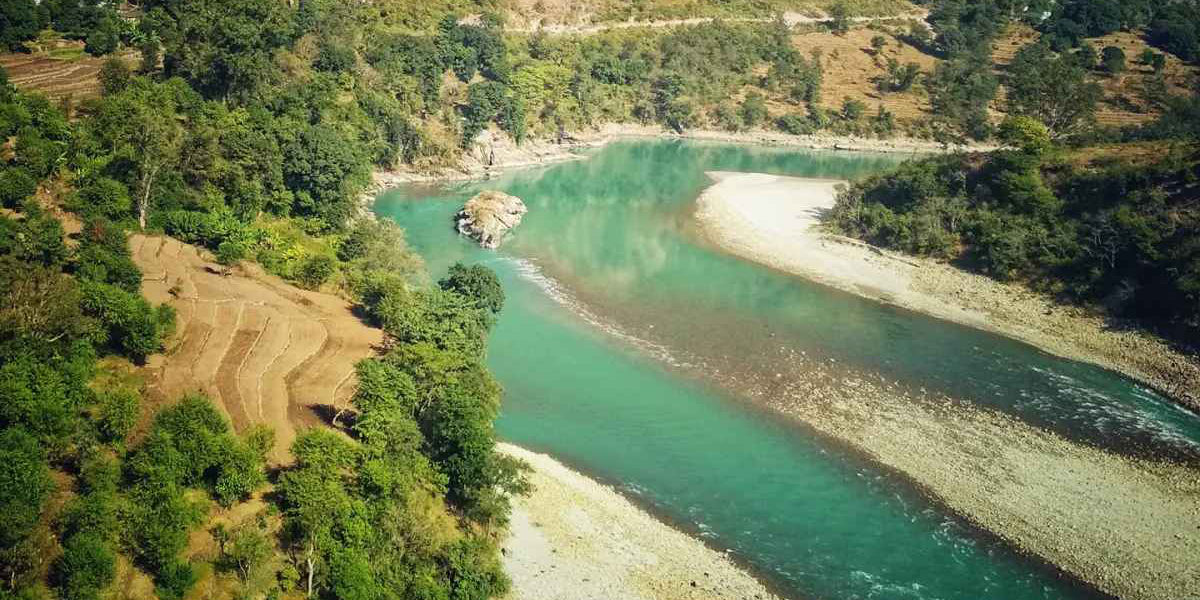 Photo Courtesy: Forestry Nepal
Photo Courtesy: Forestry Nepal
KATHMANDU: Not many people know that lightning is one of the major disasters in Nepal based on the casualty of people and the loss of domesticated animals.
Lightning occurs due to a buildup and discharge of electrical energy between positively and negatively charged areas. When lightning occurs, it releases millions of volts of electricity causing huge loss of life and property. Although lightning generally occurs in the pre-monsoon season, lightning incidents have been recorded throughout the year in recent years. Unfortunately, experts say lightning doesn’t receive the necessary attention compared to other natural disasters.
According to the National Disaster Risk Reduction and Management Authority, more than 100 people die each year in Nepal due to lightning strikes. The months of April and May experience the highest frequency of lightning. Likewise, the chances of lightning striking are high between 4 pm and 6 pm.
Data compiled by the authority shows lightning has claimed 840 people since 2015. Similarly, 49 people died due to lightning strikes between April and November of last year. Nepal tops the list of countries with the highest number of lightning-related deaths per unit area. Experts say the risk of lightning strikes, especially in the Chure and hilly rural areas.
Shriram Sharma, a professor at Amrit Science Campus and a lightning expert, states that neglecting lightning as a natural disaster is resulting in significant human and economic losses. “Lightning is often overlooked because, unlike other disasters, it rarely causes a large number of human casualties. The incidents are sporadic and scattered, but they result in a significant loss of life and property,” he added.
According to Sharma, lightning incidents are causing huge losses in the Chure-Bhavar area and hilly areas.
The South Asia Lightning Network is actively engaged in lightning research in Nepal. The network has also been providing training and raising awareness. Although the National Emergency Operation Center under the Ministry of Home Affairs works to mitigate the risk of lightning, questions have been raised about its effectiveness.
Data compiled by the authority shows lightning has claimed 840 people since 2015. Similarly, 49 people died due to lightning strikes between April and November of last year.
According to Sharma, the increased intensity and frequency of lightning are also linked to climate change. Nepal experienced an unusually cold temperature with heavy rains and rare thunderstorms in April. Sharma explains that during the pre-monsoon season, the hot and humid air from the Indian plains reaches the mountains, resulting in thunder and lightning.
Nepal’s geographical location and the proximity of the eastern hills to moisture from the Bay of Bengal increase the country’s susceptibility to thunderstorms. “Extreme weather events caused by climate change contribute to an increase in electric charge within the clouds, putting Nepal, the most vulnerable country to lightning deaths, at even greater risk,” said Sharma.
About five percent of lightning strikes are lethal, according to experts. Electric charge, which is generated when clouds collide in Chure and hilly regions, travels a short distance to the earth’s surface in high hilly areas.
When analyzing the lightning-related deaths on a district level, Makwanpur is at high risk. In the last five years, 54 people have lost their lives due to lightning strikes in Makwanpur. The death rate from lightning is higher among cattle than humans.
In industrialized nations, the rate of lightning-related deaths is only 0.3 per million population. However, the death rate is significantly higher in developing countries, reaching up to 6 deaths per 1 million population.
According to Sharma, lack of knowledge and inadequate safety measures in buildings are the main causes of loss of life. Experts suggest that awareness about lightning risks should be included in the curriculum at the school level to mitigate the risk. Lightning rods should be installed in public buildings such as schools, hospitals, and government offices, said Sharma.
The Department of Hydrology and Meteorology has already set up lightning detection stations across various locations in Nepal – Dhangadhi, Surkhet, Nepalgunj, Pokhara, Bhairahawa, Kathmandu, Simara, Tumlingtar and Biratnagar – to study lightning activity.
Telecommunication and electricity pylons, situated atop mountains, are at high risk. Experts say risks can be lowered by taking needful security measures in the designing phase.
“Nepal is the world’s best laboratory for scientists due to its diverse climate and weather systems. The varied terrains, ranging from 70 meters to nearly 9,000 meters in altitude within a span of 150 km naturally expose Nepal to a wide range of climatic risks,” said Sharma. He believes that the risk can be reduced if the government invests in weather forecasting equipment and better preparation. The Department of Hydrology and Meteorology has already set up lightning detection stations across various locations in Nepal – Dhangadhi, Surkhet, Nepalgunj, Pokhara, Bhairahawa, Kathmandu, Simara, Tumlingtar and Biratnagar – to study lightning activity.
Meteorologist Barun Paudel mentions that information regarding weather conditions needs to be effectively communicated to the public. “Timely notifications that provide clear instructions on what actions to take and what to avoid during lightning storms can save lives,” he added.
The Ministry of Home Affairs has a dedicated unit to reduce the risk of lightning. Strengthening the implementation aspect of this unit can help mitigate the risk, according to Sharma.
Experts suggest factoring in the risk of lightning strikes before constructing new structures.


